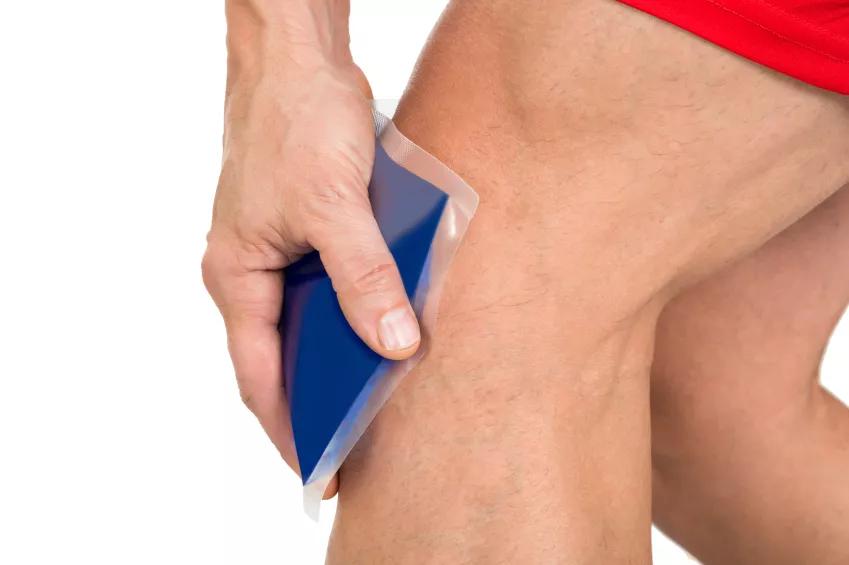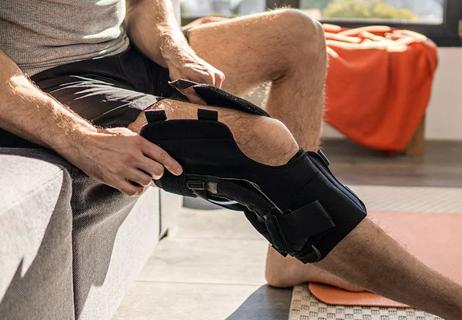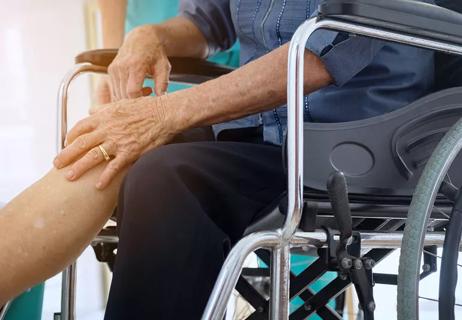Traditional surgery has advantages, same overall benefits

If you’ve decided to have a total knee replacement, you might be considering a minimally invasive procedure. This type of surgery uses smaller incisions and less cutting of the tissue surrounding the knee. The hypothetical advantage of such a surgery is that it allows for faster recovery, a shorter hospital stay and less blood loss.
Advertisement
Cleveland Clinic is a non-profit academic medical center. Advertising on our site helps support our mission. We do not endorse non-Cleveland Clinic products or services. Policy
But aside from these potential short-term advantages, there’s good reason to strongly consider a traditional surgery for a total knee replacement, says orthopedic surgeon Carlos Higuera Rueda, MD.
Be sure to talk it over with your doctor. While the minimally invasive approach is not for everyone, the risk of complications associated with a more complex operation may outweigh its benefits for you.
Whatever surgery you choose, evidence suggests that minimally invasive surgery is no more beneficial than traditional total knee replacement in the long term.
More than 85% of total knee replacements are performed using the traditional approach.
Traditional total knee replacement entails cutting into the quadriceps tendon, which connects the large quadriceps muscle group on the front of the thigh to the kneecap. The surgeon then moves the kneecap out of the way to access the arthritic joint.
The larger incision gives the surgeon a wide enough view to properly place the prosthesis in the correct alignment. This is important because precise alignment is key to ensuring durability and a long life for the implant.
Minimally invasive knee replacements avoid the quadriceps tendon. Instead, the surgeon works through an incision in a muscle in the quadriceps.
Advertisement
Much of the power of your knee comes from the quadriceps. When this muscle and tendon group is cut out, as in traditional knee replacement, the repair and recovery may require a longer physical therapy. However, recent studies suggest that such differences are not significant in terms of pain and function improvement in the short and long term.
Overall, there’s no difference between minimally invasive and traditional knee replacement in terms of physical therapy, pain, walking speed and other measures of function during the recovery period.
The minimally invasive approach may not be appropriate for heavy-set or very muscular patients, those with severe knee instability or deformity, or those who require a more complex replacement.
Other aspects to consider:
The first thing to do is get options from a surgeon who does minimally invasive total knee replacement and one who does only traditional surgery, and weigh the pros and cons of each.
After your decision:
Advertisement
Learn more about our editorial process.
Advertisement

Full recovery takes a year or more, but you’ll likely be walking and driving within a few weeks if you follow your provider’s recovery plan

You may have to keep your leg straight, but you can sleep in any position

Athletic trainer answers your brace-cleaning questions

The short answer from an orthopedic surgeon

Your knees could be hurting at bedtime because of inflammation, injury or some other condition that gets worse with pressure and positioning

Hanging upside down for any length of time may decompress the tension in your spine

Stretches, exercises and posture changes can help address lower cross syndrome

These creams that you apply to your skin can actually help reduce localized pain, swelling and inflammation

Babies can get congested easily, but you can calm their cough by keeping them hydrated, using nasal drops and running a humidifier

Weight loss may cause loose, sagging skin and muscle loss to your rear

Several conditions, like vitiligo and fungal infection, can cause a loss of pigmentation, leading to white spots or patches on your skin